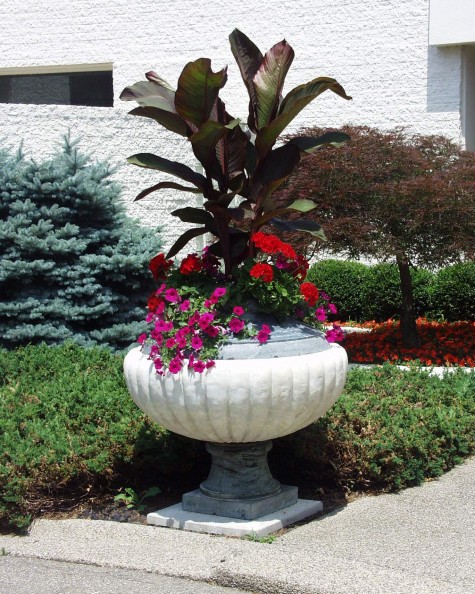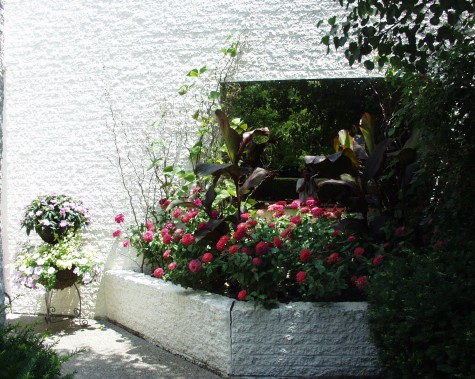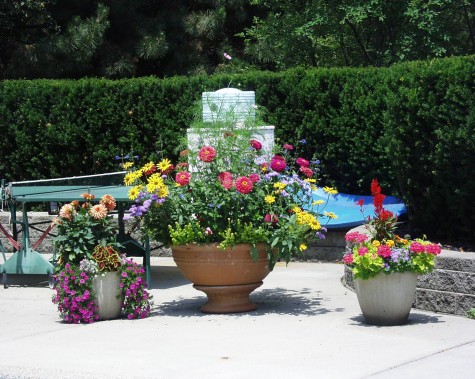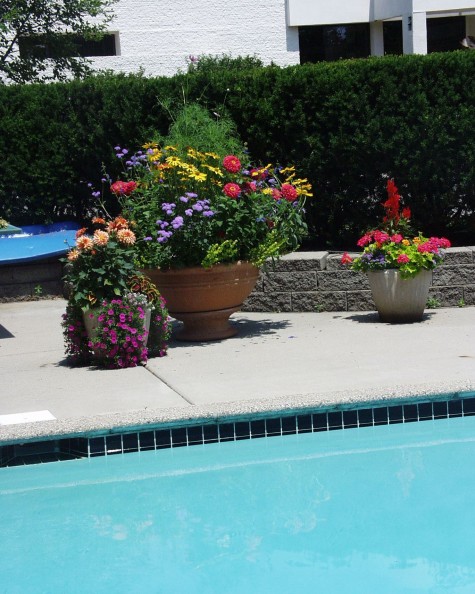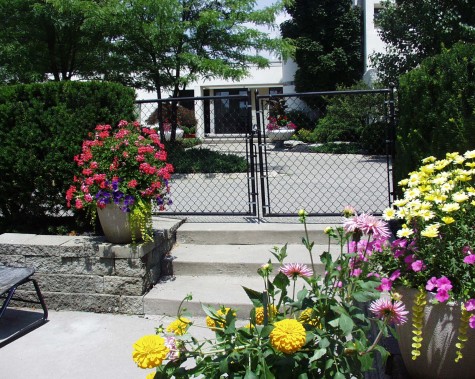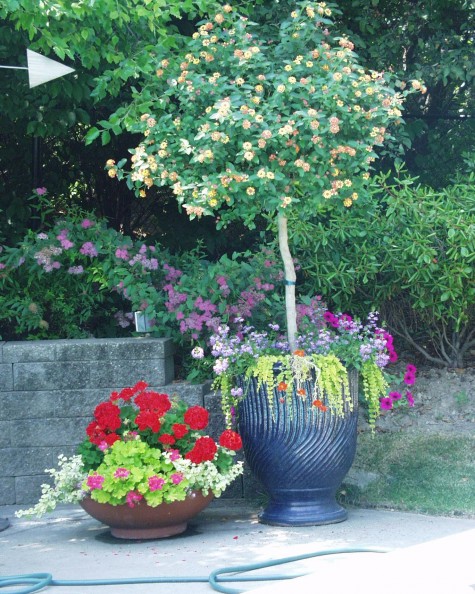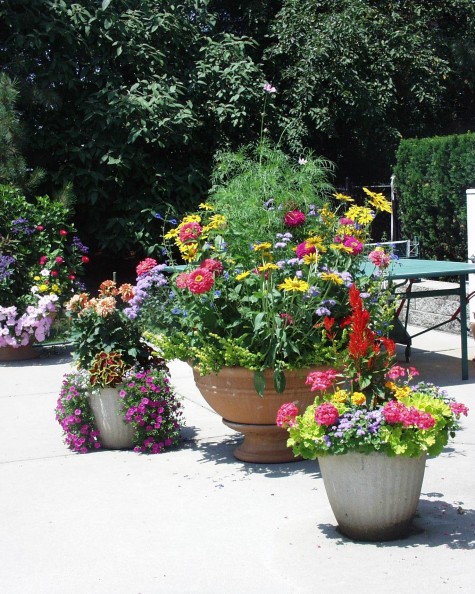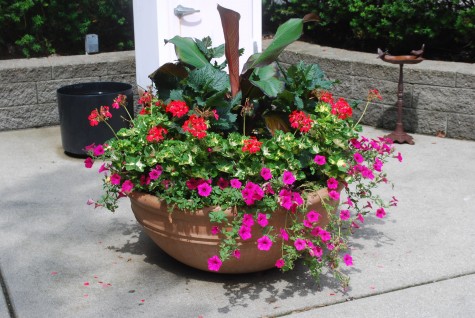
Next week I will be giving a talk to 50 members of a local garden club. I am happy to speak to any group free of charge, provided they come to me. It is an easy matter for me to show pictures from my computer, or from a book in my library. My closet is a collection of the garden gear I like the best. I can put a container planting together, and discuss those issues which influence my choices. I can talk about the history and care of great garden ornament. I am equally at home with ideas about how to repurpose apple crates, iron headboards, galvanized livestock watering troughs and old fishing tackle boxes. I can speak to what anyone should expect from a landscape designer, or an irrigation contractor. When I am in my element, I have lots of physical examples to choose from. I am too old to take my shop talk on the road.

This garden club is leaving the topic up to me. No doubt I will choose a topic that is timely. Early spring perennials no garden should be without. Spring container plantings. Designing a landscape project for the spring. But no matter the group, no matter the time of year, some questions I see over and over again. I am not especially creative-how can my garden pots be more beautiful? What is the secret of growing good container plantings? Given this topic, I refer to Lily. I am quite sure I have written about her before. She likes me to plant every color and form under the sun-the more the better. It matters not what I throw at her, her mature pots would make a grown gardener weep. She has an unerring instinct about how to make plants grow.
Everything thrives for her. She could pick up a yucca plant that had been in the trash at the side of the road for weeks, and grow it on to prize winning proportions. She has a soft spot for dramatic plantings-this I oblige. But once I have planted, she is in charge. She does take charge.
She understands perfectly that annual plants form roots that are very shallow. Unlike the deep rooted grasses, or baptisia you have tried to dig out and divide. Everything that goes on in a container or ground planted annual garden happens in the first 8 to 10 inches below ground. Annual plants only want to set seed before the end of the season, they will bloom and set seed at the expense of a substantial root system. Only long term plants grow deep.
This means that top 8 inches of soil needs to be loaded with organic material, and watered regularly. There are those times when people ask me why my containers grow up lush; I simply say I water regularly. I water when the plants need water. I don’t skip, or put off the watering to another time. Regular watering is critical to success with plants.
I make sure that the soil that goes into containers is loaded with organic material. This helps the soil to retain moisture evenly. Organic material leavens soil, so air is a substantial part of the underground party. Notice I say soil. I do not plant in peat based soil mixes.
Peat based soil mixes are easy to carry out to the car, but they are sterile. Prefessional growers plant in sterile soil mix. They cannot afford disease to infect a crop upon which their livlihood depends. But once a soilless mix dries out, it takes lots of work to rewet. A cursory watering of a container planting in soiless mix means the surface gets a little moisture, and the roots are dry as dust.
If you are a hit, hit and miss waterer, plant in soil. Potting soil. A 40 pound bag of potting soil is not that much-get that high school kid at your local nursery to load your trunk with all of the bags that you need, and get help unloading those bags at home. This effort will be worth it. Real soil will buy you some time in August, when you are at a high school softball game rather than home watering your pots. There is no harm mixing some peat, or composted manure into your soil-every effort you make to enrich your soil will pay off many times over.
Lily’s pots always look well grown. You see the hose on the ground in the foreground-she knows how to use it. The time it takes for her to water, dead head, and clean up her pots is time she is willing to give. Don’t have the time? Hedge your bets. Plant succulents. Plant fewer pots. Group the pots that need water close together. Invest in a hose that is lightweight. Have a good irrigation contractor install automatic irrigation in your pots. (automatic irrigation really means you have a little more time before you do a personal check-automatic irrigation cannot replace you!)
There is not a gardener anywhere that does not enjoy the results of a beautiful garden. A great pot. A great moment. My secrets are anything but monumental. Let no container lack for water.
It matters not whether the style and color of these containers appeal to you. If one boxwood in a pot satisfies your idea of beautiful, the rules are the same as what applies to Lily’s pots. Or the landscape at Longwood Gardens. Or my garden. Or your shade garden. Or the roses at Janet’s. Or the pots on Michigan Avenue in Chicago. What matters is that hand that gets put to seeing that the plants thrive.
My topic for the garden club next Monday? You are able. And since you are able, you should. Plant it, Detroit.
